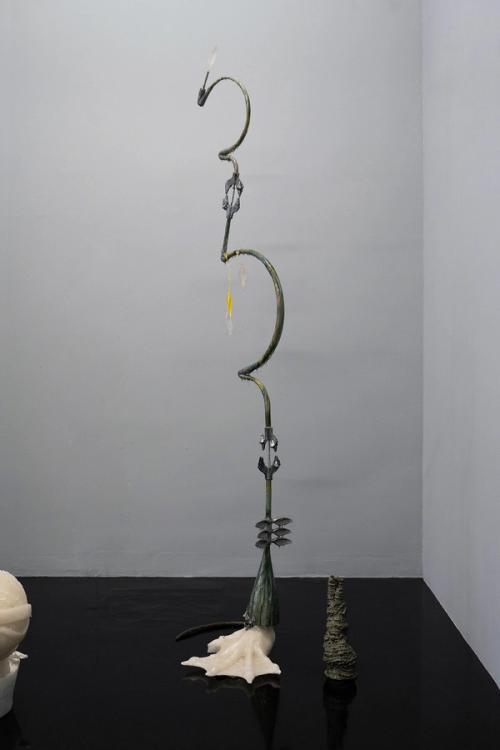Estefanía B. Flores
Santa Cruz de Tenerife, 1989
CV
DownloadGraduated from the Master in Fine Art by Goldsmiths in London, Estefanía’s universe evokes a blurry melancholy that harks back to the fragile beginnings of digital imaginaries. It deals with those proto-ecosystems glimpsed in the earliest video game consoles, where minimal architectures of rudimentary graphics did not only outline certain levels or worlds but invited players to inhabit an uncanny and previously unknown emotional territory. The irony of translating virtual imaginaries into physical sculptures is a crucial aspect of the relevance of her work today.
Her practice stages a nostalgia for the obsolete technologies we grew up with—technologies we integrated and accepted as part of our future. But also, her work invites us to imagine nearly infinite possibilities of alternative narratives, to rewrite culturally validated stories. Through a technique in constant evolution, her art transforms fantastical elements from realities rooted in contemporary entertainment into tangible relics of worlds we have only experienced through a screen: «Working with digital images on a daily basis trained me on the power of dissimulation – the make-believe. A sort of fabulistic nature controls CGI making processes. I enjoy its confusing sincerity. And in the end, the search for realism has naturally led me to the wish for unreality [...] It’s a place to purposely exercise feelings of distraction, doubt, recognition or identification; a space to spark conflicting reactions into actions. An example of the ‘magical’ nature of the rational world».
Her practice stages a nostalgia for the obsolete technologies we grew up with—technologies we integrated and accepted as part of our future. But also, her work invites us to imagine nearly infinite possibilities of alternative narratives, to rewrite culturally validated stories. Through a technique in constant evolution, her art transforms fantastical elements from realities rooted in contemporary entertainment into tangible relics of worlds we have only experienced through a screen: «Working with digital images on a daily basis trained me on the power of dissimulation – the make-believe. A sort of fabulistic nature controls CGI making processes. I enjoy its confusing sincerity. And in the end, the search for realism has naturally led me to the wish for unreality [...] It’s a place to purposely exercise feelings of distraction, doubt, recognition or identification; a space to spark conflicting reactions into actions. An example of the ‘magical’ nature of the rational world».
Available artworks
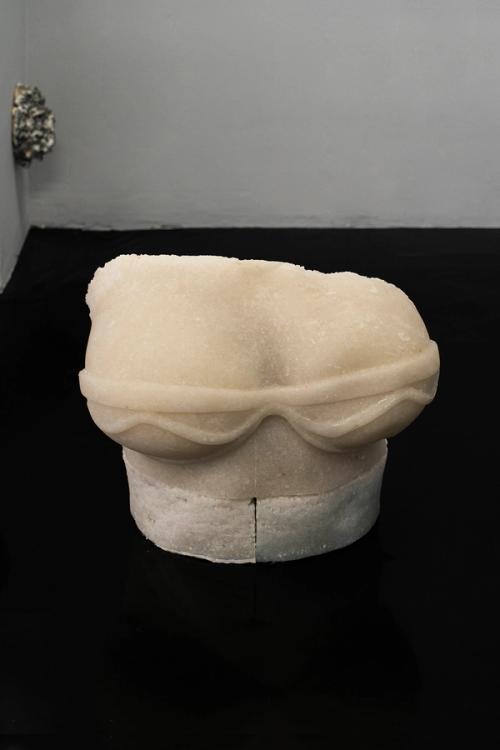
Cassiopeia Unlocked [There is no antidote for me] II, 2024
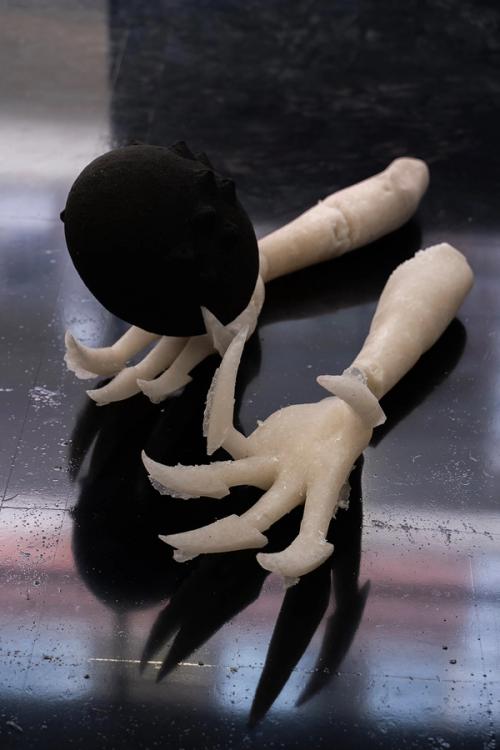
Cassiopeia Unlocked [There is no antidote for me] III, 2024
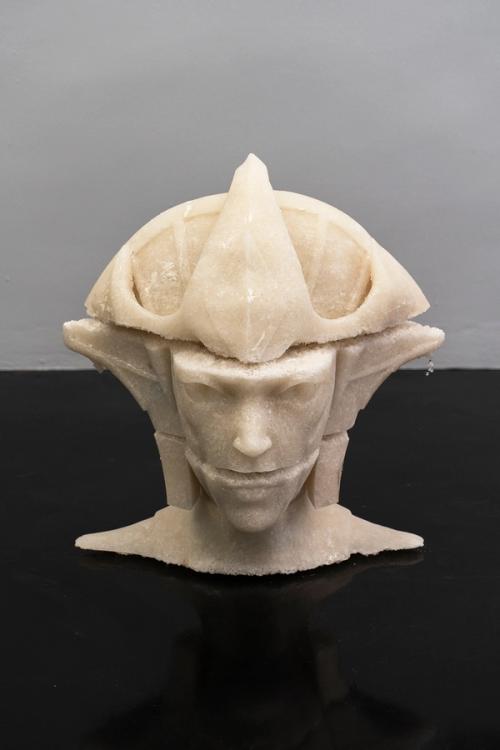
Cassiopeia Unlocked [There is no antidote for me] I, 2024
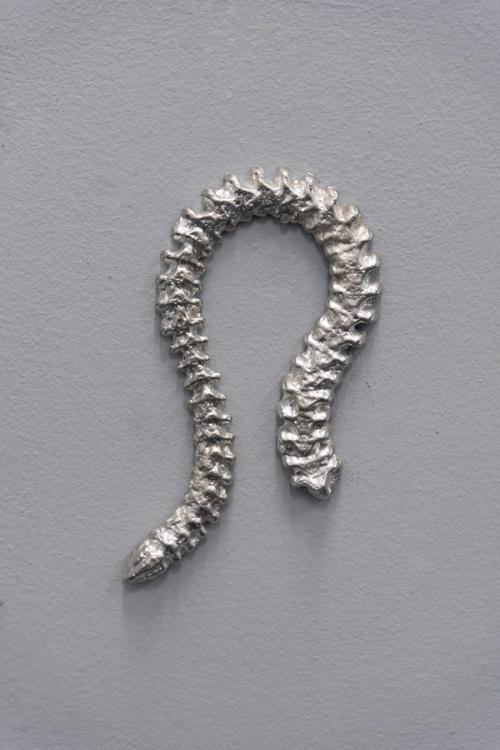
Agenorides I, 2024
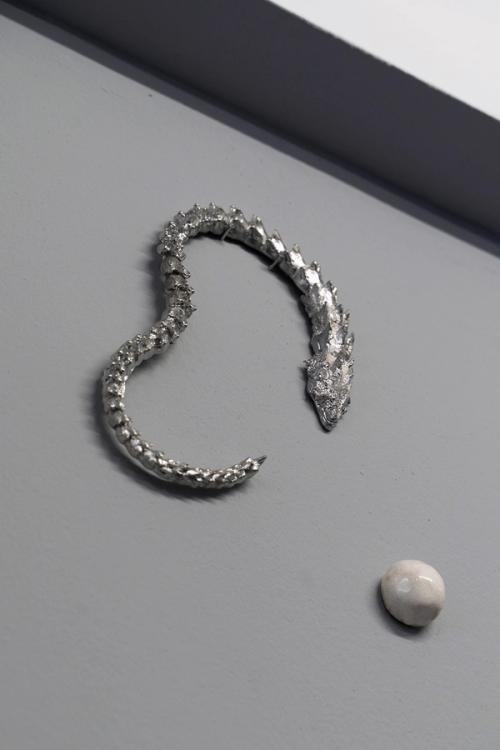
Agenorides III, 2024

Agenorides II, 2024
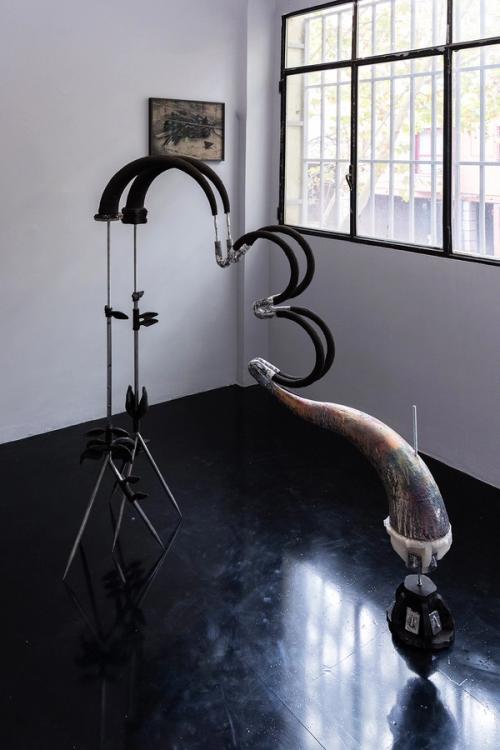
Cuéntame una historia, ahora es momento de dormir, 2024
